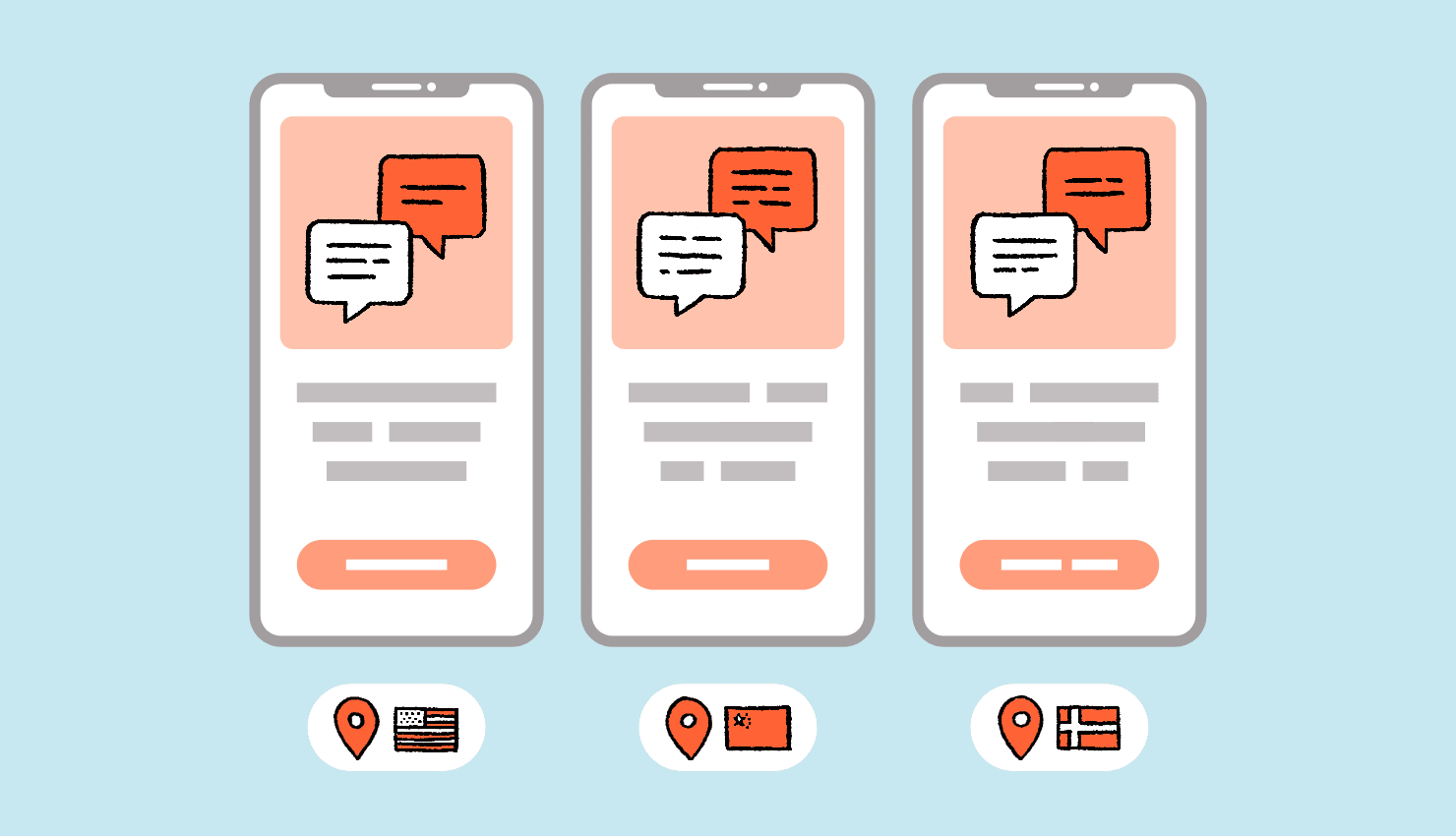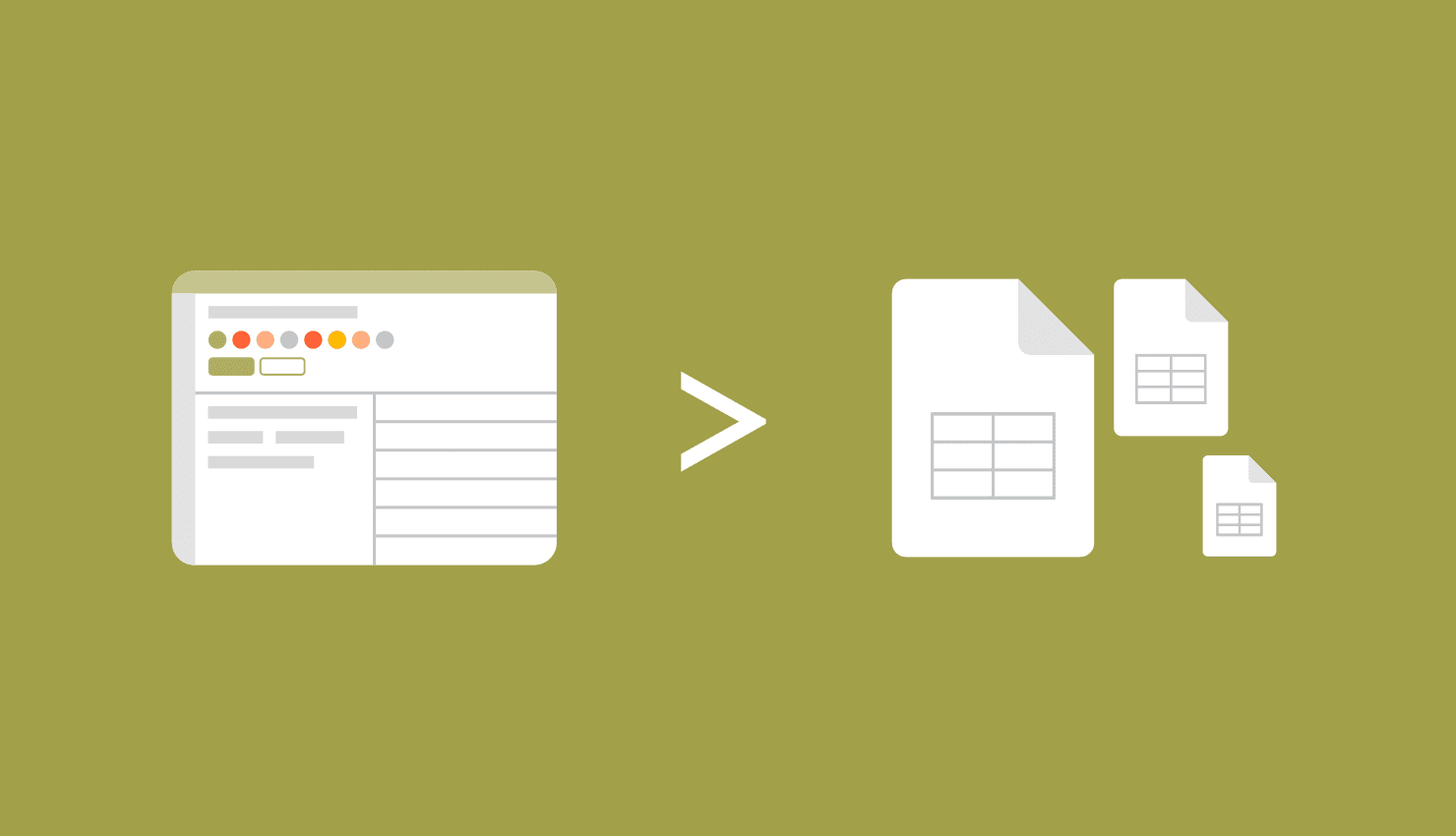Localization project manager: complete guide to mastering the role
The localization industry is growing each year, with no signs of slowing down. Your business likely has its own localization needs. But are you truly ready to scale your business internationally? Once you determine your localization strategy, you need to execute on the localization projects themselves.
Updated on October 31, 2024·Gita Timofejeva EmberJS i18n: ember-intl beginners tutorial
In this article, you will learn how to implement EmberJS i18n (internationalization) into your application. Internationalization is a part of an application's development strategy to facilitate normalizing the app for a different region or culture, including the language. In the world of coding, internationalization is often referred to as i18n simply because of the term's 20-chara
Updated on November 15, 2022·Arturs Ziborovs How to create a Ruby Gem: Publishing
This is the third and final part of the "How to create a Ruby Gem series" where we are going to finalize our plugin and publish it to RubyGems. Designing your gem with multiple languages is essential for software internationalization. This not only expands your audience but also enhances user experience by making your plugin accessible to diverse linguistic backgrounds.
Updated on September 16, 2022·Ilya Krukowski Brand Tone of Voice: Guide with Real Examples
Social feeds are crowded, inboxes are full, and ads are everywhere you look. Your audience is short on attention and surrounded by distractions. How do you cut through these layers of noise and clutter to make your voice heard? With a tone of voice that sounds distinctively yours. A strong, consistent tone of voice builds trust, creates emotional resonance, and helps people recognize your brand instantly, no matter where they find you. Without it, your mes
Updated on May 26, 2025·Demetrius Williams New in October: Automations, a new bulk action, and more
Productivity is not just about doing more in less time. It’s also about having enough bandwidth to focus on the things that truly matter. Automating as much as possible will free up a lot of your time, and that’s where Lokalise excels. With some very exciting features coming in November, we would like to announce the following features and updates today. Automations
Updated on September 29, 2023·Alexander Pereverzevs Step-by-step guide: How to translate Excel files
Have you ever tried to translate an Excel file only to end up with a mess of broken formulas, messy formatting, and mismatched translations? If you’re here searching for ways to translate .xls files, you’re likely facing similar headaches, especially when dealing with localized time formats that vary by region and can easily break consistency if not handled correctly. Whether you’re
Updated on December 12, 2024·Mia Comic Advanced Django internationalization
Previously, we explored the basics of how the Django framework supports internationalization. Now, it’s time to take a deeper dive into advanced Django internationalization. In this guide, we’ll cover practical techniques such as pluralization, context-aware translations, dynamic language switching, localizing dates and times, and handling RTL languages like Hebrew. By masterin
Updated on December 16, 2024·Ilya Krukowski How to test ruby gem: step by step tutorial with rspec example
In the previous part of this series we learned the basics of creating a Ruby i18n We created an initial directory structure, defined a gemspec, installed dependencies, and started to write the actual code. Today, we are going to continue creating the Ruby gem and, specifically, we will take care of the testing suite essential for
Updated on November 9, 2022·Ilya Krukowski 







